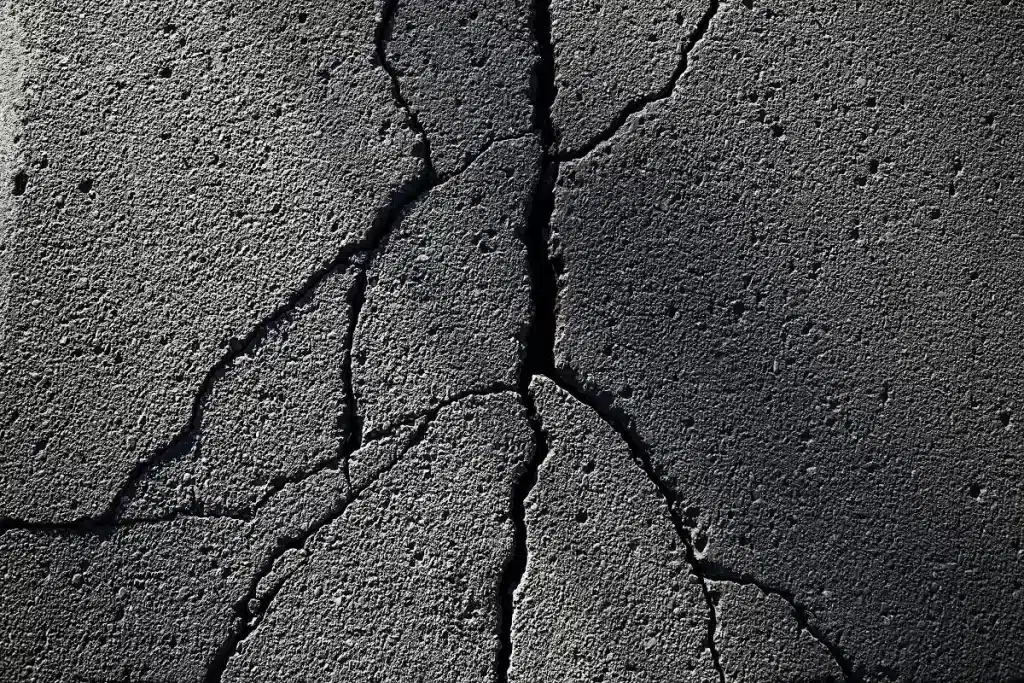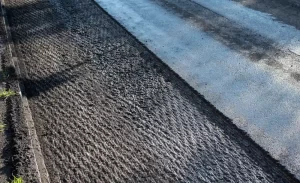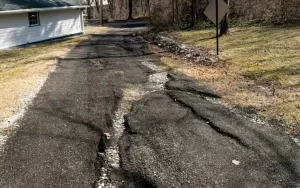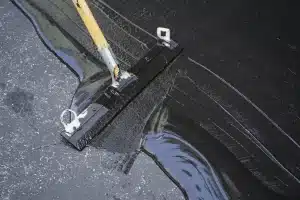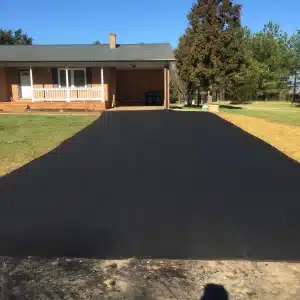People who don’t know much about asphalt are sometimes surprised that there are so many ways it can be damaged.
This not only includes different forms of distress from the surface but pressure from below. Asphalt can also be split in several unique ways. In some cases, it may have been installed unevenly or improperly in the first place, which can lead it deteriorating more rapidly and needing to be repaired.
If you have a damaged asphalt surface that needs to be repaired or replaced, it helps to be familiar with some of the different types of cracks that can occur so you can properly communicate this to the company interested in performing the work. It may take certain tools or certain strategies to successfully repair the different types.
Common cracks include:
- Alligator cracking. This type of crack is also called fatigue cracking because it is often caused by a weaker base, poor thickness of the pavement, overloading, poor drainage, or any combo of all of these. The effect of this instability is a dry, rippling pattern that is said to resemble a gator’s bumpy skin.
- Edge cracking. This occurs where the pavement or curb meets with the soil in places like parking lots or roadways. Over time, a crack can widen and grow deeper especially in areas where frost and ice are common. Water can soak into the edge and slowly widen it especially during periods of freezing and melting, commonly called frost heaves. The possibility of edge cracks also grows if the pavement edge isn’t supported well or built to handle large loads. Compared to some types of cracks, this type isn’t especially difficult to repair, which can be done by improving drainage, sealing cracks, and removing general debris by the edge
- Block cracking. Large rectangular cracks can spread over a fairly large area even in places that don’t get a lot of traffic. It’s often a result of temperature changes which cause asphalt to shrink slightly in places and then re-harden. This could potentially take place in areas where there’s not a lot of regular traffic.
- Longitudinal Cracks. What’s noticeable is a series of cracks that are longer and run in the same direction as the way the asphalt was added. Sometimes it can be caused by improper hardening or changes in temperature over time. If not repaired and sealed promptly, it could lead to larger and longer tracks.
- Slippage Cracks. This type of crack can lead to bigger problems if not treated quickly. Slippage cracks are often shaped like crescents. If untreated, they can lead to a larger collapse of the surrounding material. Some possible causes can include asphalt material that has a high amount of sand. All of that sand makes it difficult for the material to bond with the other materials making it even structurally weaker. Making sure a slippage crack is fixed rapidly is vital – the longer that this type of crack goes untreated the larger and more noticeable, the more damage can take place from a larger pothole. Plus the difficulties in repair increase the larger a crack grows means the job can be more extensive – and often more expensive.
If you’re actively looking for help with different cracks, make sure people are familiar with the different forms and the different tools and solutions that can be tried. Sometimes a crack can be repaired fairly easily with a crack sealer.
There are also several other types of cracks that may be experienced, but the previous list, such as transverse, which run perpendicularly; and reflective cracks which start at the bottom/foundational level and move to the surface.

